Autonomous Vehicle (AV) testing and certification is a complicated process. Compared with regular vehicles, AVs have a high degree of software systems as well as they interact with several external parties like other vehicles, infrastructure, etc. All this sets much higher demands for the testing and brings in many new technologies which all must work well together.
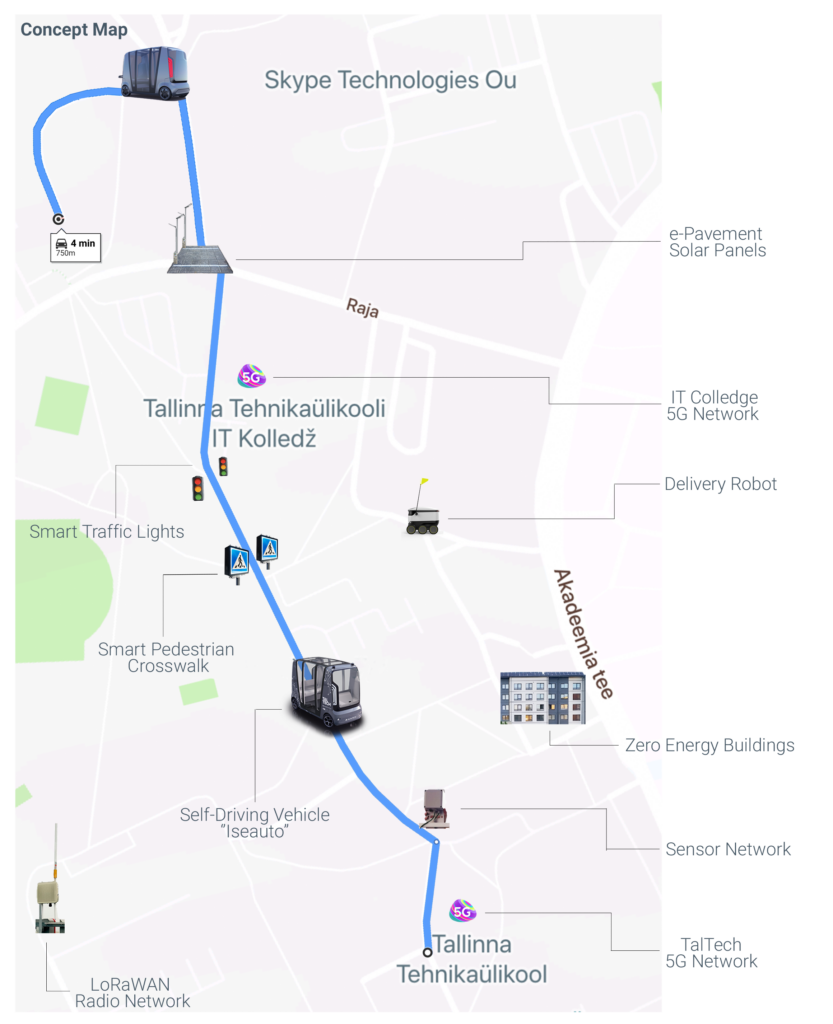
TalTech AV testbed is intended to offer a path which can be used for testing an L4 low-speed self-driving vehicle. The focus is not on vehicle dynamics of driving features but more to interconnections and advanced autonomous driving operations.
Example use cases are:
- V2I communications
- V2V communication and operational driving
- Cybersecurity, including different attack scenarios
- V2P – Vehicle and passenger/pedestrian communication – Language of Driving
- User acceptance of AVs
- 5G and remote control
- Fleet management and orchestration, on-demand public transport service
- Data collection, ML and AI applications based on environment and vehicle data
The test track is supported by comprehensive Digital Twin and Simulation methodology. We also offer a Safety Evaluation Toolkit for deeper safety analysis for particular use cases.
Test track integrates TalTech and partners’ innovations but is not limited to existing infrastructure.
TalTech is a member of the International Alliance for Mobility Testing and Standardization (IAMTS)

Infrastructure objects and units around in our test track
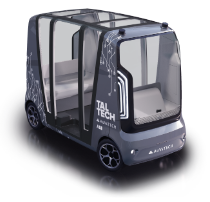
5G Networks provide fast and reliable two-way communication between various devices, which is important for low latency and comfortable commercial use. We have two stations Ericsson’s mid-band 5G 3549.99 Mhz, bandwidth 20Mhz.
TalTech iseAuto – Self-Driving Vehicle/ Autonomous Vehicle Shuttles drive autonomously and communicates Vehicle-to-Vehicle (V2V) to negotiate
and adjust their speed for optimal interaction, which enables commercially smooth rides for passengers.
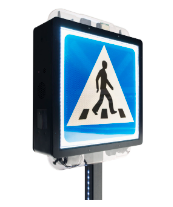
V2I Smart Pedestrian Crosswalks (Bercmann Technologies) communicate with vehicles and devices by informing them of the number of pedestrians and their speed of crossing. Warning the driver of a road crossing with a light signal. Therefore enabling vehicles to adjust their speed and eliminating the need to stop.
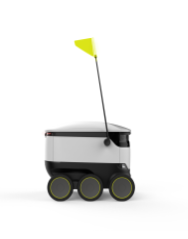
Starship Delivery Robots (Starship Technologies) deliver various goods to customers and communicate with ISEAUTO and Smart Pedestrian Crosswalks to negotiate and adjust their speed for optimal interaction (V2X).
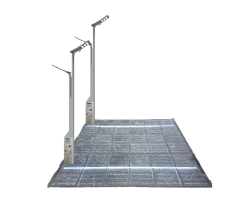
E-Pavement (e-Pavement) road coverage uses solar energy to power both street and traffic lighting and signs. Thereby, making the infrastructure components more autonomous and reducing the overall energy cost (IoT).
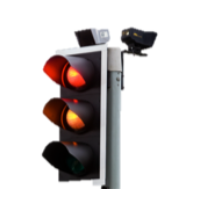
Intelligent Traffic Lights detect and communicate with vehicles to adjust lights, prioritization, and speed for optimal interaction. This enables saving time in transit, reduces road congestion and cuts down on emissions (V2I).
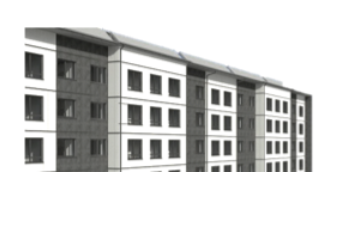
Zero Energy Buildings are equipped with solar panel roofs and resource-efficient smart lighting systems help keep energy cost low by switching off lights at inactivity (IoT).

Smart Sensor Network monitors urban air, sound radars analyze traffic flows and microphones measure noise in real time. Over 900 sensors are powered by solar panels and connected to a mesh network, making it the biggest IoT network in the city.

EV fast charger and home-charger (ABB)

